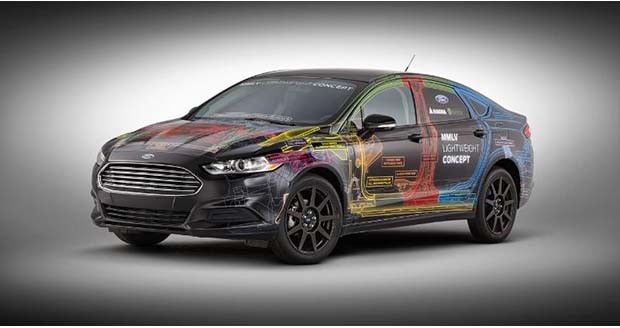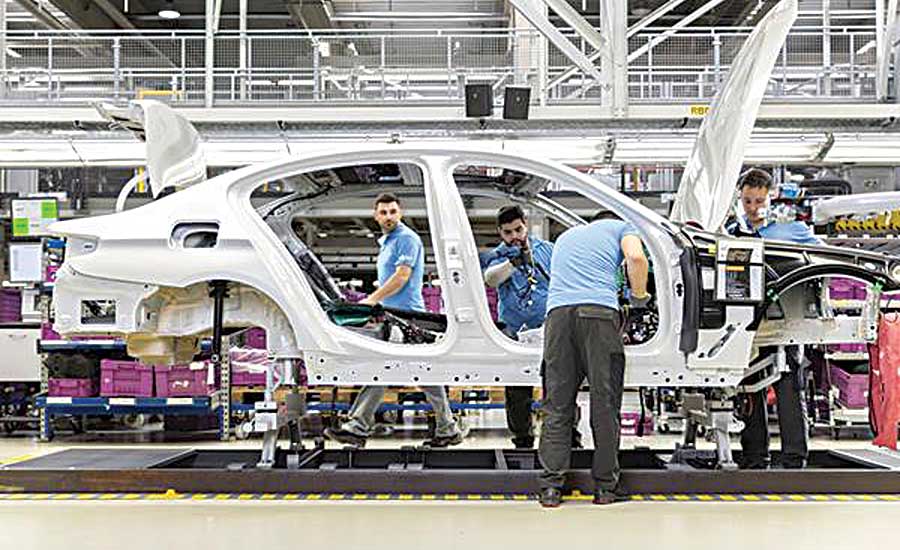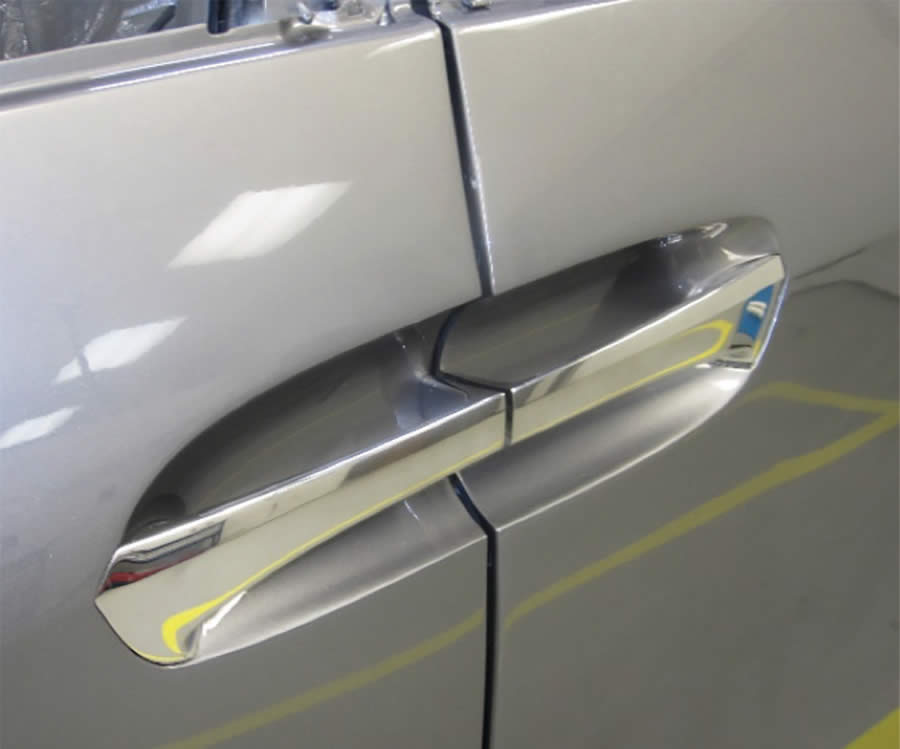
Charles R. Goulding and Preeti Sulibhavi consider 3D printing in new electric vehicles (EVs).
Magna International, the large Canadian auto parts manufacturer, has become the go-to supplier for EV startups, with asset-light business models. Magna is one of the world’s top three auto parts manufacturers, but has a unique engineering-intense business segment called Steyr where it designs and assembles complete electric vehicles. Steyr’s EV business portfolio includes: Mercedes G-Class (1979) then the BMW 5 Series, the all-electric Jaguar I-Pace, and the Toyota Supra. In addition to assembling cars, Steyr has thousands of engineers designing vehicles to provide both car development services in addition to its manufacturing services. This allows for both durability and flexibility meeting customer customization demands and market volatility.
Magna’s 3D Printing Utilization
Producing EV vehicles for so many brands enables Magna to leverage 3D pritning technology.
Magna International’s Magna Closures subsidiary, has been the leading supplier of door modules, window systems, power closure systems, latching systems, and the list goes on. With the purchase of FDM technology, the subsidiary is building in-house with all but the final prototype taking no more than a day to achieve. 3D scanners have also been used to provide a CAD file with precise geometry enabling much more accurate integration into Magna vehicles.
Research & Development tax credits are available for the eligible US-based, 3D printing activities that Magna engages in.
The Research and Development Tax Credit
Whether it’s used for creating and testing prototypes or for final production, 3D printing is a great indicator that R&D Credit eligible activities are taking place. Companies implementing this technology at any point should consider taking advantage of R&D Tax Credits.
Enacted in 1981, the now permanent Federal Research and Development (R&D) Tax Credit allows a credit that typically ranges from 4%-7% of eligible spending for new and improved products and processes. Qualified research must meet the following four criteria:
- Must be technological in nature
- Must be a component of the taxpayer’s business
- Must represent R&D in the experimental sense and generally includes all such costs related to the development or improvement of a product or process
- Must eliminate uncertainty through a process of experimentation that considers one or more alternatives
Eligible costs include US employee wages, cost of supplies consumed in the R&D process, cost of pre-production testing, US contract research expenses, and certain costs associated with developing a patent.
On December 18, 2015, President Obama signed the PATH Act, making the R&D Tax Credit permanent. Beginning in 2016, the R&D credit has been used to offset Alternative Minimum Tax (AMT) for companies with revenue below $50MM and, startup businesses can obtain up to $250,000 per year in payroll tax cash rebates.
All Charged Up

Things seem to be gearing up for Magna. In order to ensure that they achieve the market inflection point they desire, Magna must continue to innovate using 3D printing and additive manufacturing technologies. In a cyclical automobile market, 3D printing can help Magna keep its EVs charged up and ready to go.

